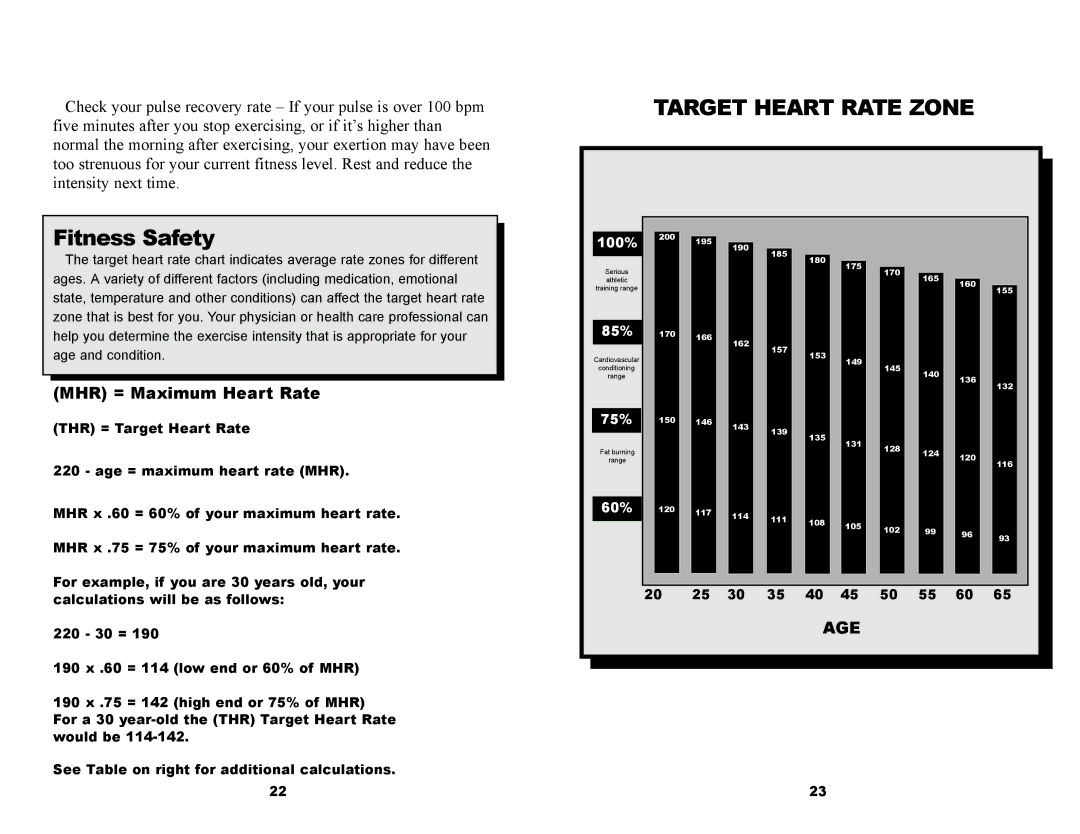CM850U specifications
The Keys Fitness CM850U is a premium upright bike designed for fitness enthusiasts seeking an effective and enjoyable workout experience at home. This bike combines advanced technology, user-friendly features, and robust construction to provide a top-notch exercise solution for individuals of all fitness levels.One of the standout features of the CM850U is its ergonomic design, which focuses on user comfort and proper posture. The adjustable seat accommodates different body types, allowing users to find their ideal position for pedaling. This thoughtful design minimizes the risk of strain and promotes longer workout sessions, making it suitable for both beginners and seasoned athletes.
The CM850U boasts a smooth and quiet magnetic resistance system that offers a wide range of resistance levels. This allows users to customize their workouts according to their fitness goals, whether they are aiming for endurance training or high-intensity sessions. The magnetic resistance ensures a seamless and quiet operation, making it suitable for use in any environment without disturbing others.
Equipped with a comprehensive LCD display, the CM850U provides users with real-time feedback on key workout metrics, including time, distance, speed, calories burned, and heart rate. The heart rate monitoring feature is particularly beneficial for those looking to optimize their workouts, as it allows users to stay within their target heart rate zones.
Another impressive aspect of the CM850U is its built-in workout programs. With multiple pre-set programs, users can easily switch up their routines to prevent plateaus and keep their workouts engaging. These programs are designed to challenge users and help them reach their fitness goals more efficiently.
For added convenience, the bike is engineered with transport wheels, making it easy to move and store when not in use. The sturdy frame construction ensures durability and stability during vigorous workouts, providing peace of mind for users while they focus on their training.
In conclusion, the Keys Fitness CM850U is an exceptional upright bike that embodies comfort, technology, and versatility. With its adjustable features, magnetic resistance, intuitive display, and diverse workout programs, it sets itself apart as a reliable fitness machine for home use. Whether you are looking to enhance your cardiovascular fitness or simply maintain an active lifestyle, the CM850U can be a valuable addition to your home gym equipment.

